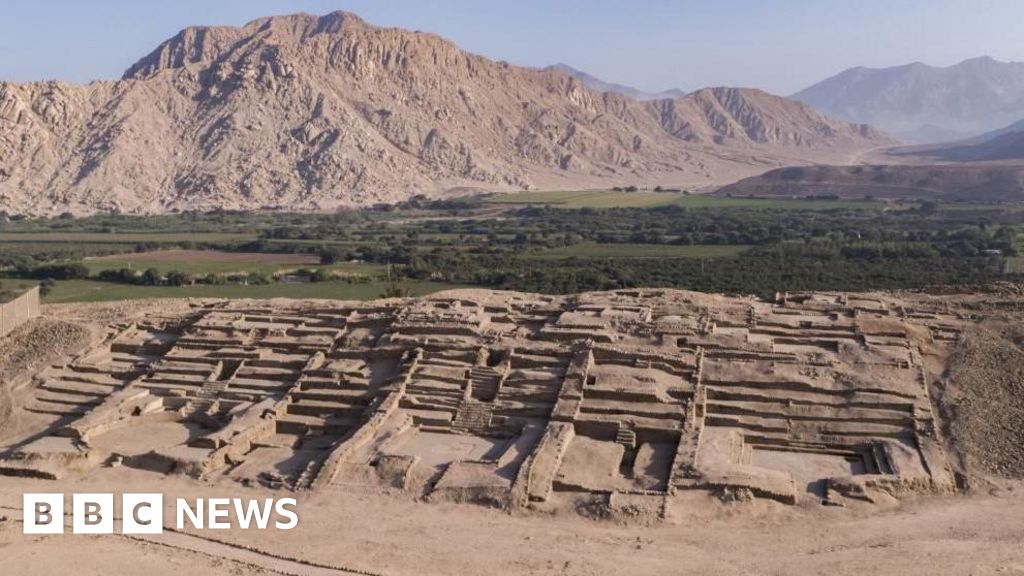Black holes have been fascinating subjects of study, not just because they are cosmic vacuum cleaners, but also as engines of immense power capable of extracting and redistributing energy on a staggering scale. These dark giants are often surrounded by swirling disks of gas and dust, known as accretion disks.
When these disks are strongly magnetized, they can act like galactic power plants, extracting energy from the black hole’s spin in a process known as the Blandford-Znajek (BZ) effect.
While scientists have theorized that the BZ effect is the primary mechanism in the energy extraction process, many unknowns remain, like what determines how much energy is funneled into powerful jets—powerful streams of particles and energy ejected along the black hole’s poles—or dissipated as heat.
To answer these questions, JILA postdoctoral researcher Prasun Dhang, and JILA Fellows and University of Colorado Boulder Astrophysical and Planetary Sciences professors Mitch Begelman and Jason Dexter, turned to advanced computer simulations. By modeling black holes surrounded by thin, highly magnetized accretion disks, they sought to uncover the underlying physics that drives these enigmatic systems.
Their findings, published in The Astrophysical Journal, offer crucial insights into the complex physics around black holes and could redefine how we understand their role in shaping galaxies.
“It’s long been known that infalling gas can extract spin energy from a black hole,” elaborates Dexter.
“Usually, we assume this is important for powering jets. By making more precise measurements, Prasun has shown there’s a lot more energy extracted than previously known. This energy could be radiated away as light, or it could cause gas to flow outwards. Either way, extracted spin energy could be an important energy source for lighting up the regions near the black hole event horizon.”
Comparing black hole to black hole
For decades, scientists have studied black holes and their interactions with surrounding gas and magnetic fields to understand how they power some of the universe’s most energetic phenomena.
Early research focused primarily on low-luminosity black hole sources with quasi-spherical accretion flow as these systems are comparatively easier to simulate and align with many observed jets.
However, high-luminosity black holes with geometrically thinner, denser magnetized disks present a unique challenge. These systems are theoretically unstable due to imbalances in heating and cooling.
However, previous studies, including those by Mitch Begelman, suggested that strong magnetic fields might stabilize these thin disks, but the details of their role in energy extraction and jet formation remained unclear in such conditions.
“We wanted to understand how energy extraction works in these highly magnetized environments,” Dhang explains.
Simulating magnetized flows around black holes
The team used advanced computer simulations to explore this phenomenon, specifically, a special type of model called the 3D general relativistic magnetohydrodynamic (GRMHD) model.
The GRMHD model works as a computational framework that simulates the behavior of magnetized plasma in the curved spacetime around black holes, combining the physics of magnetic fields, fluid dynamics, and Einstein’s theory of general relativity to capture the complex interactions in these extreme environments. Using the framework, the researchers observed how magnetic fields interacted with black holes spinning at different speeds.
“The goal was to see how magnetic flux threading [permeating] the black hole impacts energy extraction and whether it leads to the formation of jets,” Dhang says.
The simulations modeled thin, magnetized accretion disks and examined how much energy the black hole transferred to its surroundings. By studying the efficiency of this energy extraction, the team identified various black hole spins and magnetic configurations with jets.
Manifestation of BZ power
From their simulations, the team found that depending on the black hole’s spin, between 10% and 70% of the energy extracted through the BZ process was channeled into jets.
“The higher the spin, the more energy the black hole can release,” Dhang notes.
However, not all energy went into jets; some was absorbed back into the disk or dissipated as heat.
While the simulations couldn’t determine where the excess energy went, Dhang plans to study this further to better understand how jets form, as jets are often found in active galactic nuclei systems such as quasars.
From their models, the researchers found that the strong magnetic fields increased the disk’s radiative efficiency, making it brighter. This extra luminosity may explain why some black holes appear far more luminous than theoretical models predict.
“The unused energy close to the black hole could heat the disk and contribute to a corona,” Dhang notes.
The corona, a region of hot gas surrounding the black hole that emits intense X-rays, is crucial for shaping the light we observe from these systems, but its exact formation process remains unclear.
The researchers hope to use further simulations to understand the dynamics of making a black hole corona.
More information:
Prasun Dhang et al, Energy Extraction from a Black Hole by a Strongly Magnetized Thin Accretion Disk, The Astrophysical Journal (2025). DOI: 10.3847/1538-4357/ada76e
Citation:
Trying to solve a key black hole mystery: Simulating magnetic flows around black holes (2025, February 19)
retrieved 19 February 2025
from
This document is subject to copyright. Apart from any fair dealing for the purpose of private study or research, no
part may be reproduced without the written permission. The content is provided for information purposes only.

















